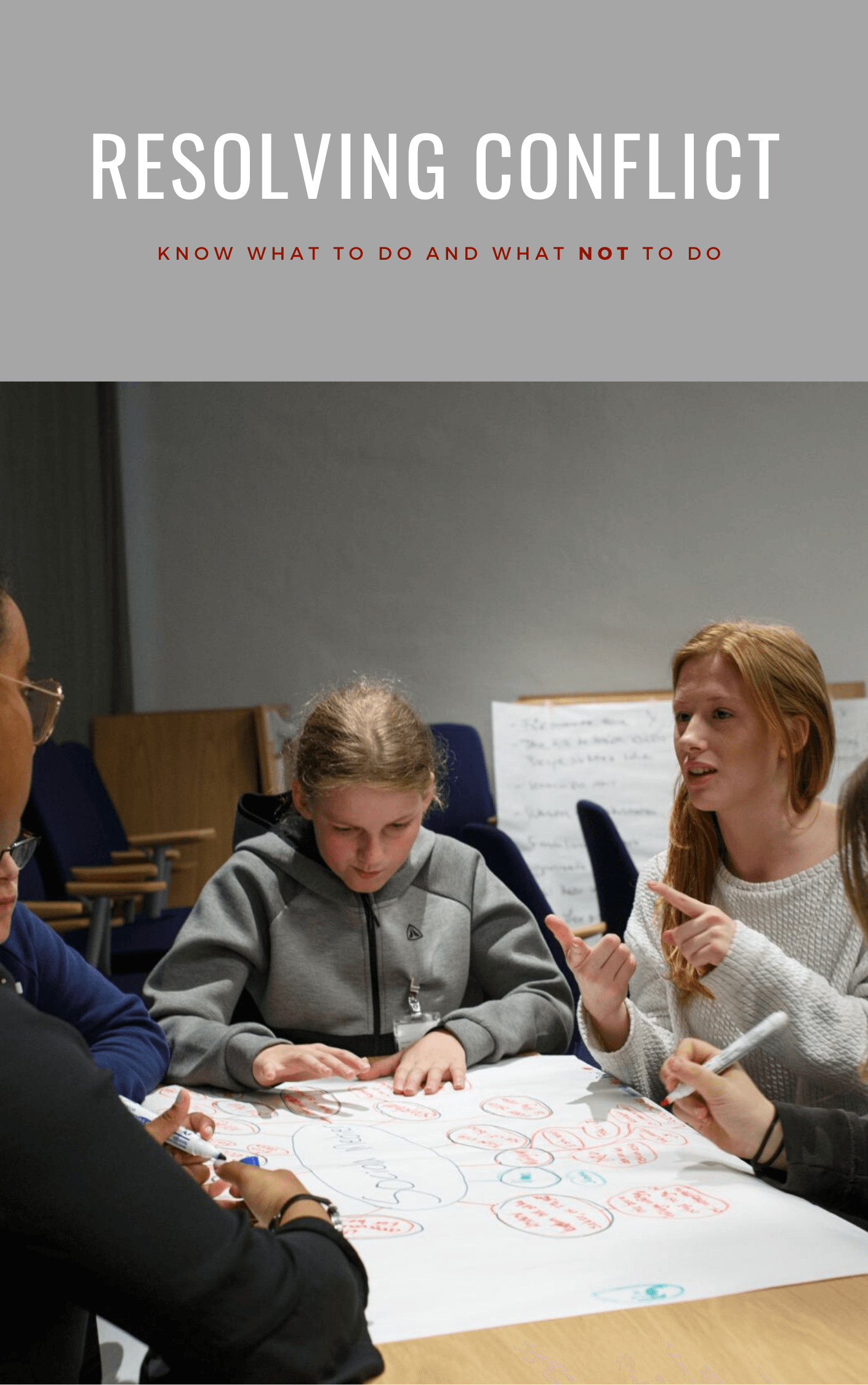The Hard Work of Dialogue (Part 5)
In my last post
I discussed the practice of respecting. The final practice on the advocacy
side of dialogue (diagram here) is speaking your voice.
Speaking your voice is all about contributing your insight to advance the dialogue. Be patient and gather your own clear thoughts before speaking. Ask yourself: What is most important for me to express in this moment?
Share your insights with candor; clearly, directly, and authentically. Offer your ideas and opinions. Share how you feel, what you don’t know, along with your own doubts and concerns. Speak courageously from your own authentic voice. Avoid sarcasm, barbs, attacks, insults, and condescension. Ask only genuine questions arising from your curiosity. Speak in the first person and draw from your actual experiences.
Dialogue is a dynamic process that requires a delicate balance. Inquiry—seeking new understanding—combines the skills of listening while suspending judgment to gain a deeper and newer understanding. This is balanced by advocacy—seeking to be understood. Advocacy combines respect for all participants with the courage to speak your voice, share your insights, and advance the dialogue toward a new understanding of the whole.
Dialogue requires a balance between the analysis
of inquiry and the action
of advocacy. Beginning with listening, we suspend and reflect, respect others, and then speak our voice before resuming our listening. Dialogue advances a group toward better solutions as participants think together.














